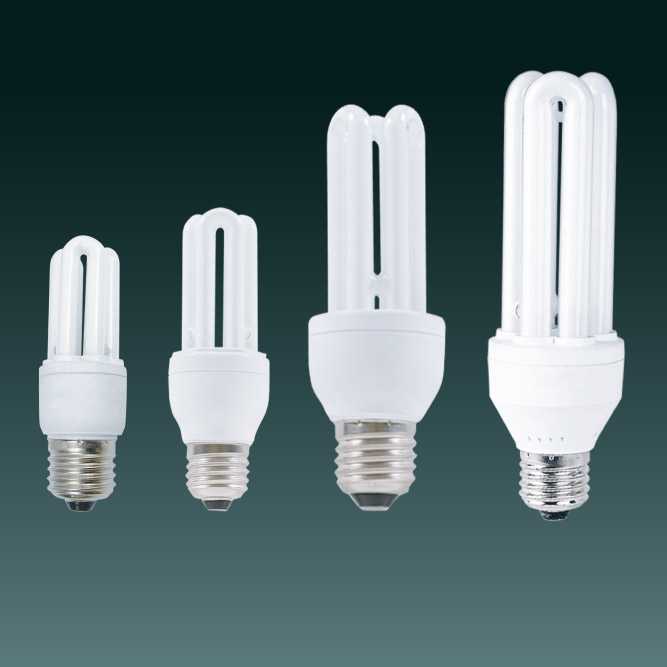
First, the lamp power fails
Some companies increase the nominal power value (ie, rated power value) of low-power energy-saving lamps, thereby increasing the selling price.
Second, the initial light efficiency failed
The failure of this indicator will reduce the light efficiency of the energy-saving lamp, shorten its service life, and fail to achieve energy-saving and cost-saving effects.
Third, the mechanical strength failed
This test is for whether the lamp head part will be loose or fall off, and whether it will cause accidental electric shock accidents during installation or replacement.
Fourth, the power factor failed
In order to achieve the goal of promoting products, some enterprises have markedly high power factor rating. The actual test cannot be achieved.
Fifth, harmonics failed
Because the harmonic content of the supply current at the input end of the electronic ballast is too high, it easily pollutes the power supply, increases the loss of the power grid, and causes interference to other electrical equipment. Therefore, the harmonic content of the current must be strictly limited in order to reduce the harm caused by harmonic pollution power.
Lighting purchase decoration materials knowledge decoration experience
Aluminum Lighting Sheet, a general industry term that describes high-quality Reflective Aluminum that is fabricated to meet specific optical properties for use in various lighting applications. Lighting sheet provides maximum light distribution and helps reduce energy consumption. Reflective aluminum lighting sheet surfaces range in total reflectivity from 84% to 98%, with a variety of finishes available that offer specific optical values:
Lighting sheet is Made from high purity aluminum with a mirror-like surface,mirror finish provides unique photometric qualities to control light. When installed behind a light source, lighting sheet specifically reflects and directs the light, just like a glass mirror. Along with silver, aluminum is the most reflective metal available.
Specular Mirror Lighting Sheet Reflection
Reflection is the change in direction of a wavefront at an interface between two dissimilar media, causing the wavefront to rebound into the medium from which it originated. Common examples include the reflection of light, sound, and water waves. Reflection of light may be specular (i.e., mirror-like) or diffuse (i.e., not retaining the image, only the energy) depending on the nature of the interface.
Diffuse Reflection
In a flat mirror, a parallel beam of light changes its direction as a whole, while still remaining parallel; the images formed by a flat mirror are virtual images of the same size as the original object. Reflection of light may be specular (i.e., mirror-like) or diffuse (i.e., retaining only the energy, not the image) depending on the nature of the interface.
Specular Reflection
In specular reflective aluminum, a beam of light reflects off the surface at an angle of reflection that is equal to its angle of incidence. That is, if the beam of light is shining on the surface at a 30° angle from vertical, then it reflects from the point of incidence at a 30° angle from vertical in the opposite direction.
Lighting Sheet
Lighting Sheet,Aluminum Light Fixture Reflectors,Light Led Reflector Sheet,Mirror Polished Aluminum Sheet
Changzhou Kema Reflector Material Co., Ltd. , http://www.aluminumreflector.com
